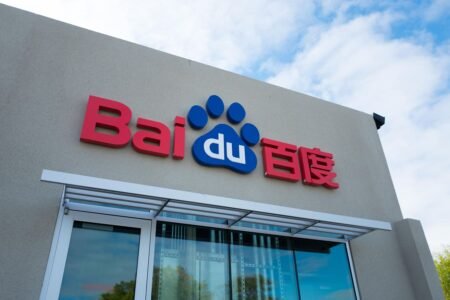Anheuser-Busch InBev’s stock price has seen a decline of about 25% from its peak level in mid-June 2021, trading at $60 per share. In comparison, its competitor Diageo saw a 35% decline over the same period. The stock was trading at $55 in early June 2022, just before the Fed began increasing rates, and has since risen by 8%, compared to a 45% gain for the S&P 500. The analysis compares the company’s performance during the turbulent market conditions of 2022 to its performance during the 2008 recession.
The stock’s returns have been inconsistent, with -13% in 2021, -1% in 2022, and 8% in 2023, underperforming the S&P 500 in 2021 and 2023. The Trefis High Quality Portfolio, on the other hand, has consistently outperformed the benchmark index each year. The uncertain macroeconomic environment, with high oil prices and elevated interest rates, could impact BUD’s performance in the next 12 months. However, from a valuation perspective, the stock appears to have room for growth, with an estimated valuation of $72 per share, reflecting over 20% upside.
The inflation shock of 2022 has affected the market, with inflation levels peaking at 9% in June, the highest level in 40 years. The Fed’s aggressive rate hikes and subsequent recovery in the S&P 500 have influenced market sentiments. In contrast, during the 2007-2008 crisis, Anheuser-Busch InBev’s stock rose following its acquisition by InBev, while the S&P 500 saw a decline and subsequent recovery.
Anheuser-Busch InBev’s revenue has increased from $54.3 billion in 2021 to $59.4 billion in 2023, attributed to a rebound in consumer demand post-pandemic. However, North America revenue declined by 12% in 2023, and the company’s operating margin also decreased over the same period. Despite this, lower finance costs and taxes boosted the company’s bottom line. Total debt decreased from $89 billion to $78 billion, but the company’s debt-to-equity ratio is 66%, indicating a less comfortable debt position.
The potential upside for BUD stock could be 35% if it recovers to its pre-shock levels of $80 from its current level of $60. As the Fed’s efforts to control inflation rates improve market sentiments, the stock is likely to see higher levels over time. While high inflation and weak consumer spending may impact near-term performance, a rebound in volumes for key markets could benefit the stock in the long term. Investors may find value in picking up BUD stock during the current dip for long-term gains.












